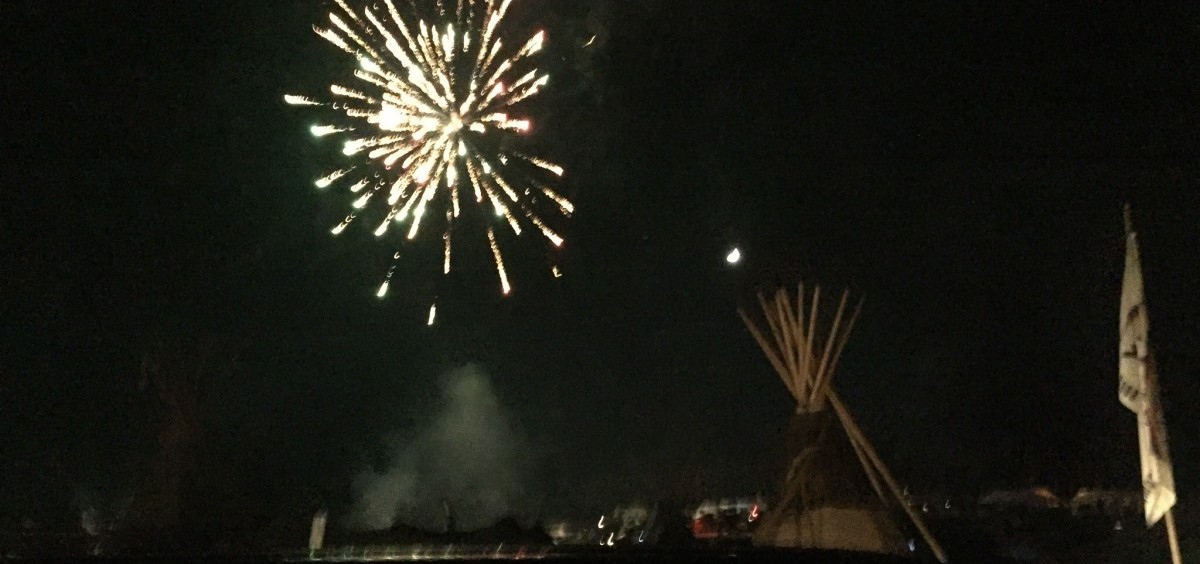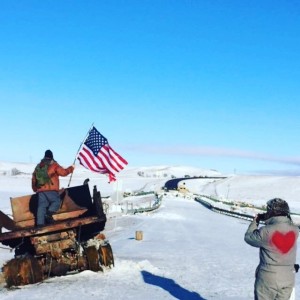News

Locals Do Their Part At Dakota Access Pipeline
By: Susan TebbenBy: Susan Tebben
Posted on:
Joe DePalma planned his trip from Athens, Ohio, to North Dakota Sioux tribal lands in about eight hours. He and another local businessman, John Gutekanst, set on their 20-hour drive to Standing Rock Sioux lands to join thousands of others who were standing up against a pipeline project planned to run through sacred land.

Photo courtesy of Joe DePalma
DePalma and Gutekanst, both military veterans, were spurred on by reports of violence at the protest site, but ultimately made the trip to stand with the Native American tribes.
“Me hearing this stuff, I just couldn’t sit at home and not do anything,” DePalma said. “How can I just lay there in my bed and be cool with not doing crap for people that I once defended in our Army…I just can’t stand in Ohio and not do anything.”
Thousands of protesters, who refer to themselves as “water protectors,” went to North Dakota, including many veterans groups. The protest centered around the Dakota Access Pipeline (DAPL) project, parts of which were planned to run through lands sacred to the Sioux tribe. The United States Army Corps of Engineers denied an easement for the pipeline in late November, which halted the project for now.
But protesters remain at the site, even as snow storms threaten to cover the small community DePalma said is determined to see the fight through to the end.
“I talked to people who quit their jobs, they gave up their whole life to go there and, you know, when i left, I was like, this is unfinished and they’re going to keep standing there. I don’t see some of those guys leaving ever, until DAPL leaves,” DePalma said.

After arriving at the Standing Rock camp at 2 a.m., DePalma and Gutekanst slept in a mess hall for the first of three nights there. During their time at the site, DePalma stood guard over the camp, and the two men did any job that needed to be done. Inventory of supplies, cleaning and working in the dining areas were where the camp needed the most help.
Students also made the trek to the site, including OU sophomore Anissa Matthews, who went up twice, once with supplies, and later to join in the action.
“I want more people to hear about what’s happening and I want more people to help out, just because it just kind of baffles me that…even though people are saying ‘no we don’t want this,’ it’s still happening,” Matthews said.
Matthews helped in a schools that were created in the camp, and took part in active protests whenever she could.
Matthews wasn’t as aware of environmental issues when growing up in New Jersey, but her move to Ohio has given her more perspective, she said. Now, she hopes to be a part of more movements, including protests of potential drilling in Wayne National Forest in Southeast Ohio.
DePalma feels compelled to go back to North Dakota and help out, and said the Native American tribes and others standing with them are doing the job he fought to protect as a member of the Army during Operation Iraqi Freedom.
“Those Standing Rock tribes, they’re American citizens just like you and me, and I want to see them be on their land without having to worry about someone coming through and taking it or destroying it and I want them to be able to practice their religious freedoms anyway they want,” DePalma said.

